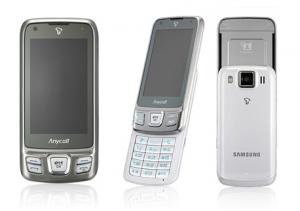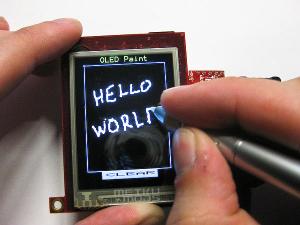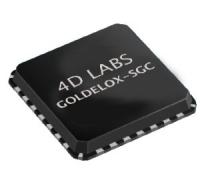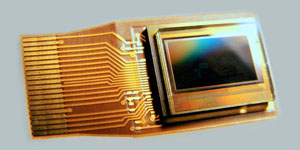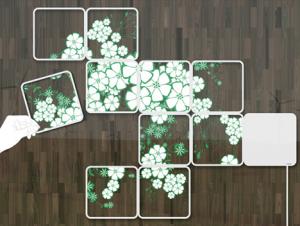 Quantum Dots are getting a lot of attention lately, especially as a new SSL lighting technology. One of the companies that is working on this new tech is QD Vision. Their co-founder and CTO, Seth Coe-Sullivan has agreed to explain the technology, introduce the company, and answer a few questions.
Quantum Dots are getting a lot of attention lately, especially as a new SSL lighting technology. One of the companies that is working on this new tech is QD Vision. Their co-founder and CTO, Seth Coe-Sullivan has agreed to explain the technology, introduce the company, and answer a few questions.
Seth received his Ph.D in electrical engineering from MIT in 2005, writing a thesis on incorporating quantum dots in hybrid organic/inorganic LED structure. That's the technology basis of QD Vision. Seth was chosen as one of the top young entrepreneurs under the age of 30 by BusinessWeek.
QD Vision is a quantum-dot product company that delivers highly differentiated lighting solutions to major industries where color, power and design matter - these include lighting, displays, signage and defense. QD Vision’s Quantum Light⢠platform enables step-change advances over other display and lighting solutions such as LCDs, plasma displays, LEDs and even organic LEDs (OLEDs). QD Vision is privately held, based in MA, US, and has several first-tier patents originating at MIT.
Q: Hello Seth, and thanks for agreeing to do this interview. Can you explain your technology? What exactly *are* quantum dots?
Quantum dots are tiny bits of semiconductor crystals with amazing optical properties that are determined not only by their material composition, but their size. QD Vision synthesizes these materials in solution, and formulates them into inks and films that we sell to our customers, enabling step-change performance and cost benefits. Our first products are Quantum LightTM optics for solid state lighting devices, and our customers offer the most efficient, highest color quality LED lighting solutions on the market today.
